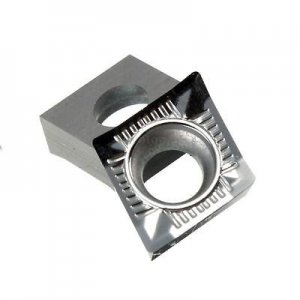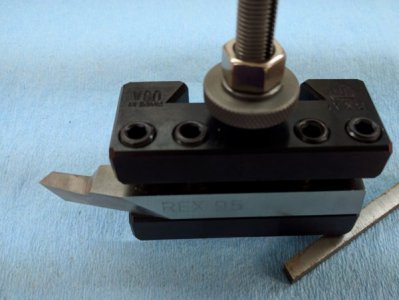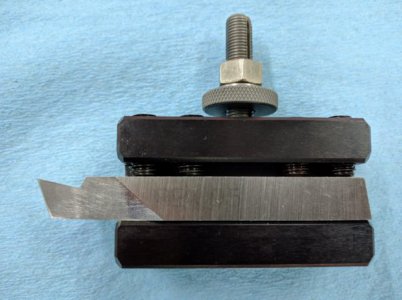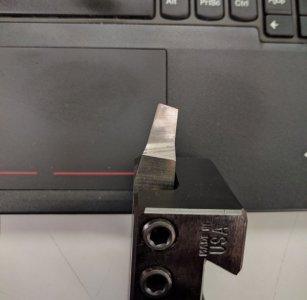- Joined
- Dec 20, 2012
- Messages
- 9,422
@mikey, you referred to the insert in the video as being an "AK". Is that a manufacturer specific code or is it a standard?
As far as I know, AK is a style of insert with a very positive rake and a parallel pattern chip breaker. Most have a radius just before the insert screw hole to direct chips upward, presumably to curl and break the chip. All AK inserts are for non-ferrous turning, are polished and ground and the ones I am familiar with are uncoated. They come in different grades but H-01 is the one I use. The grade designation varies with the maker but the AK style is pretty standard.





